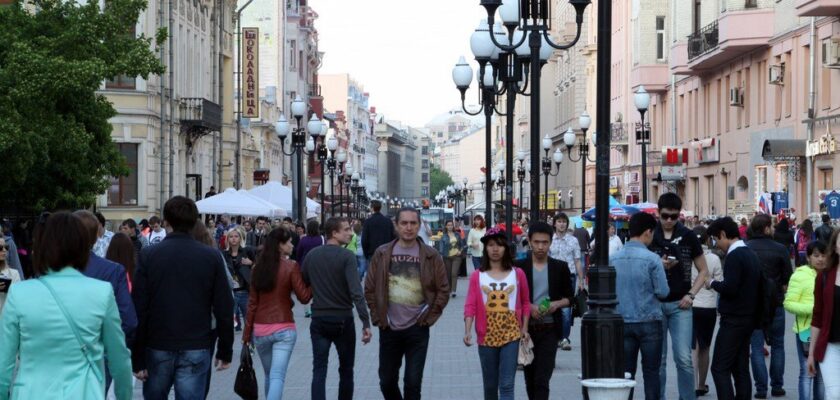Arbat (Old Arbat)
Arbat is not just one of the oldest streets in Moscow; it is a real symbol of the city. The first written mention dates back to the 15th century, and by the number of sights Arbat can surpass even Red Square. Important historical and cultural events are associated with it, so it is worth visiting this unique corner of the Russian capital even for those who came here for a few days.
.
The street is located in the district of the same name in the Central Administrative District. It passes between Arbatskaya and Smolenskaya squares and runs next to Prechistenka and Novy Arbat. You can get here from Kievsky railway station by metro – get off at the stations “Smolenskaya” or “Arbatskaya”.
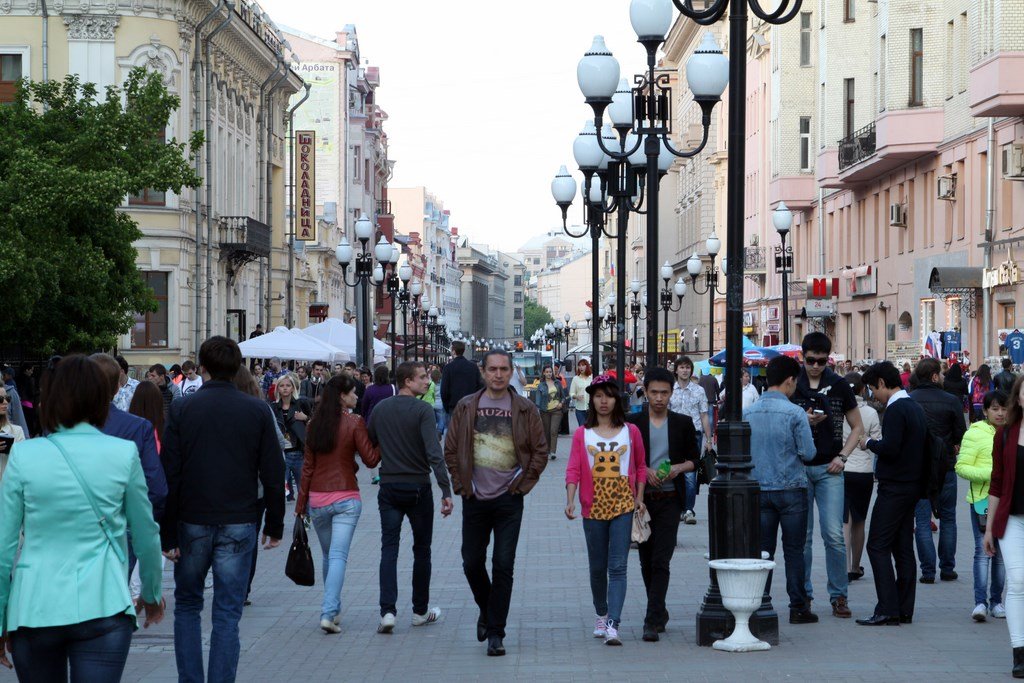
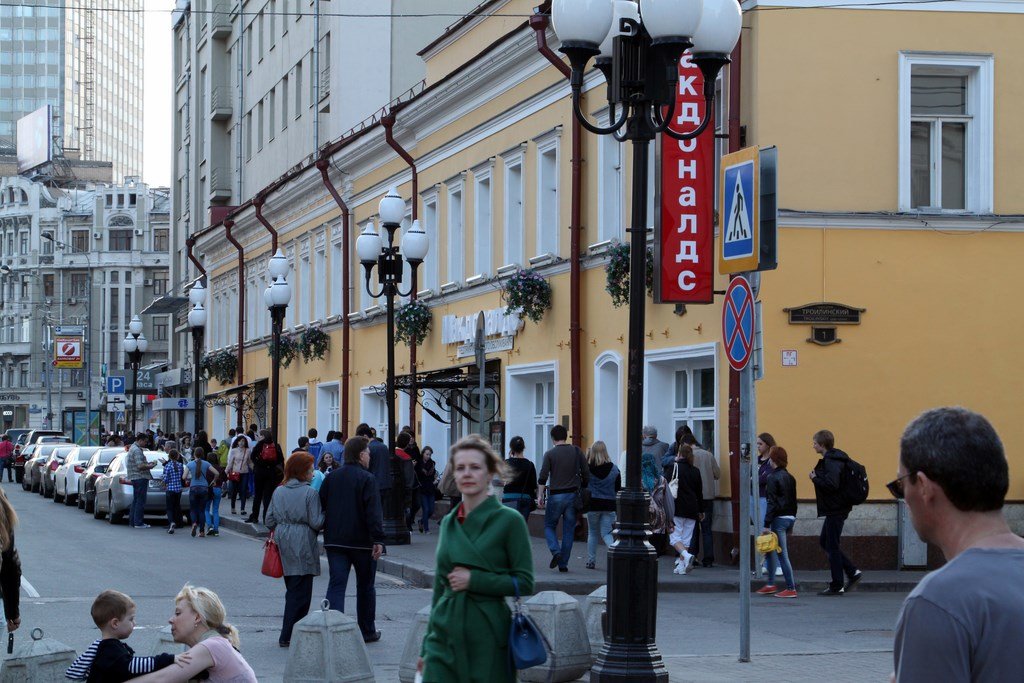
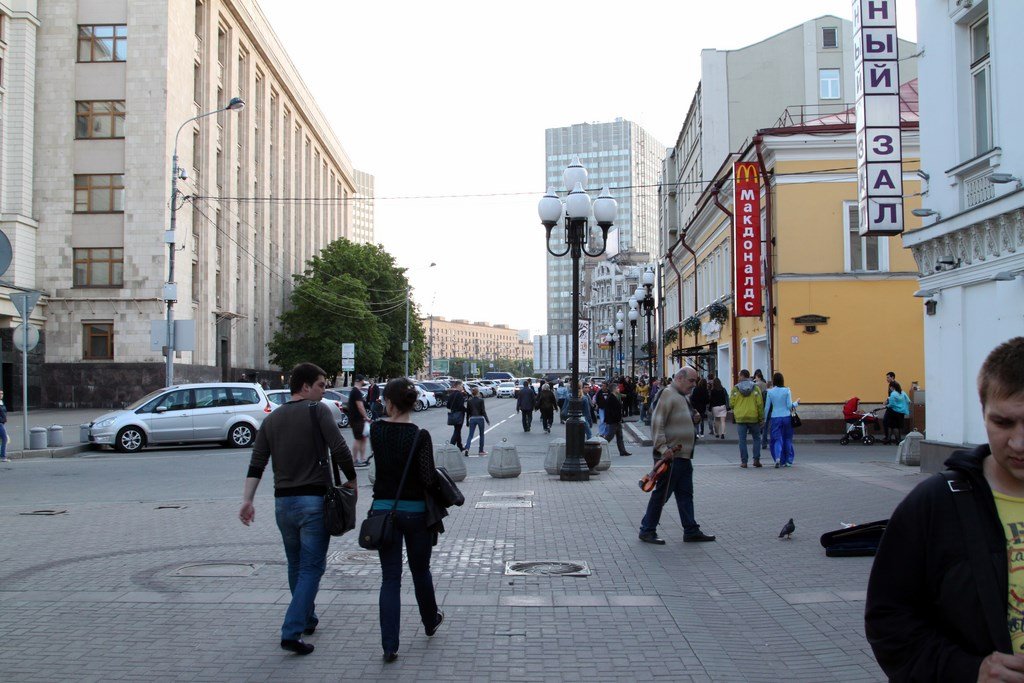
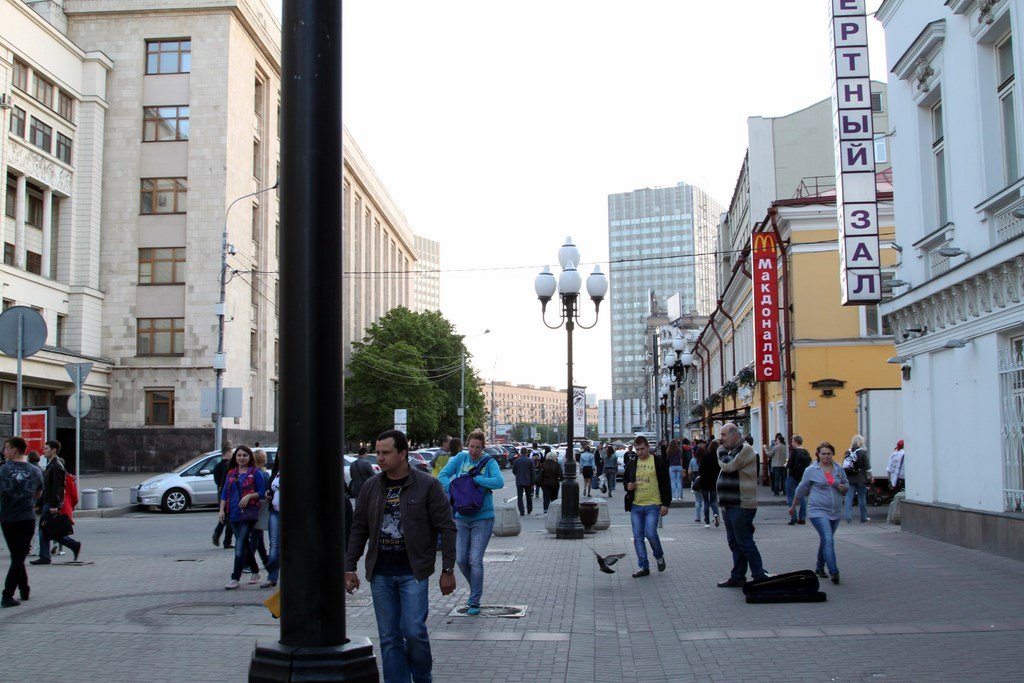
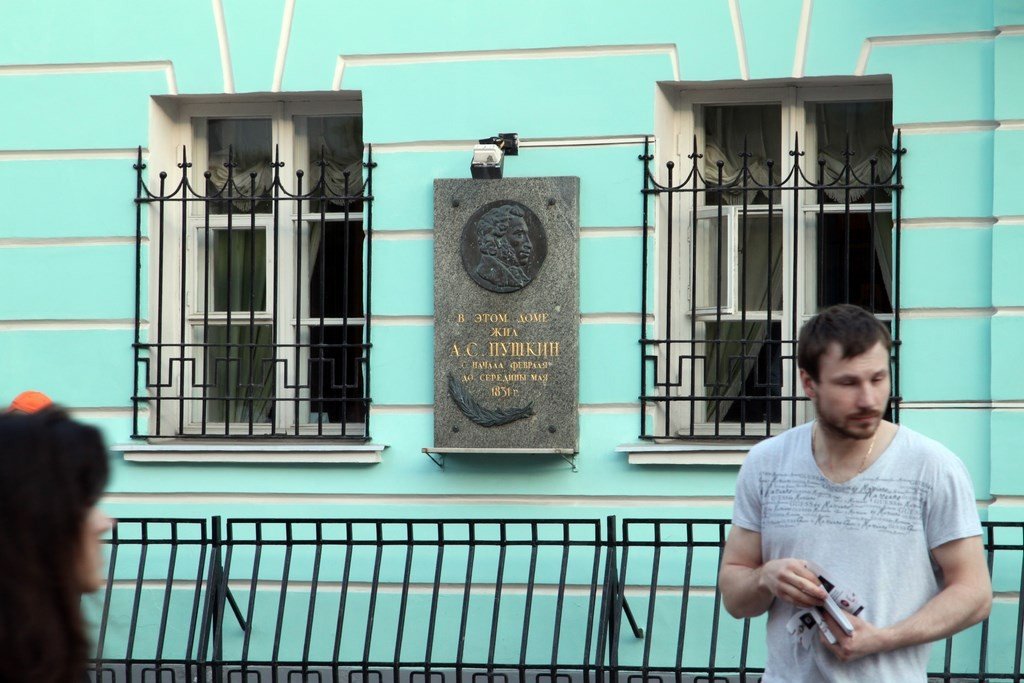
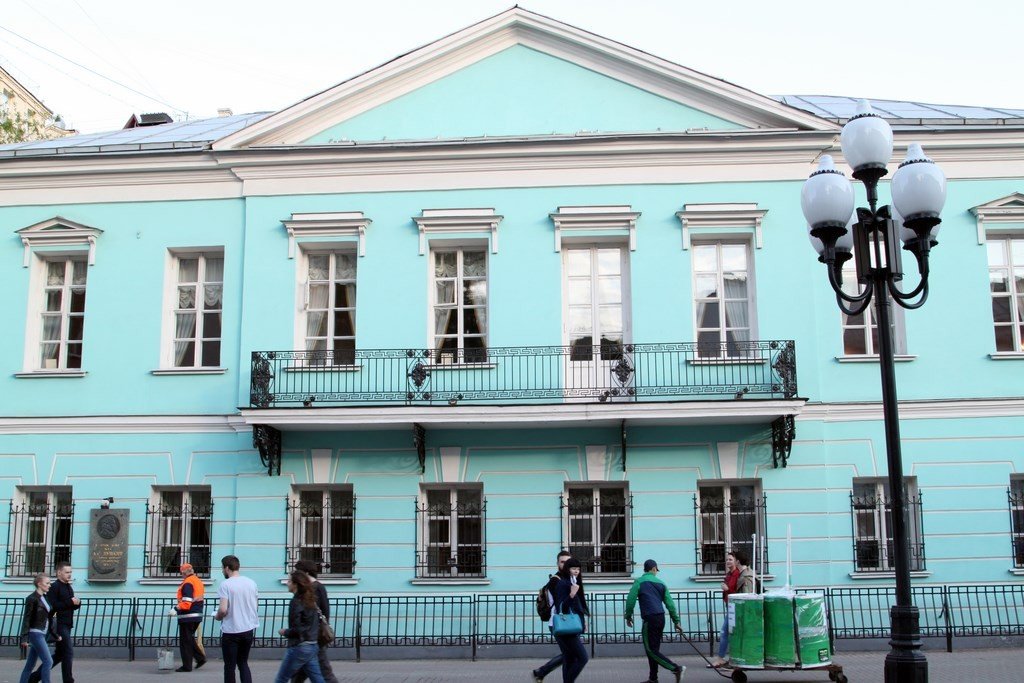
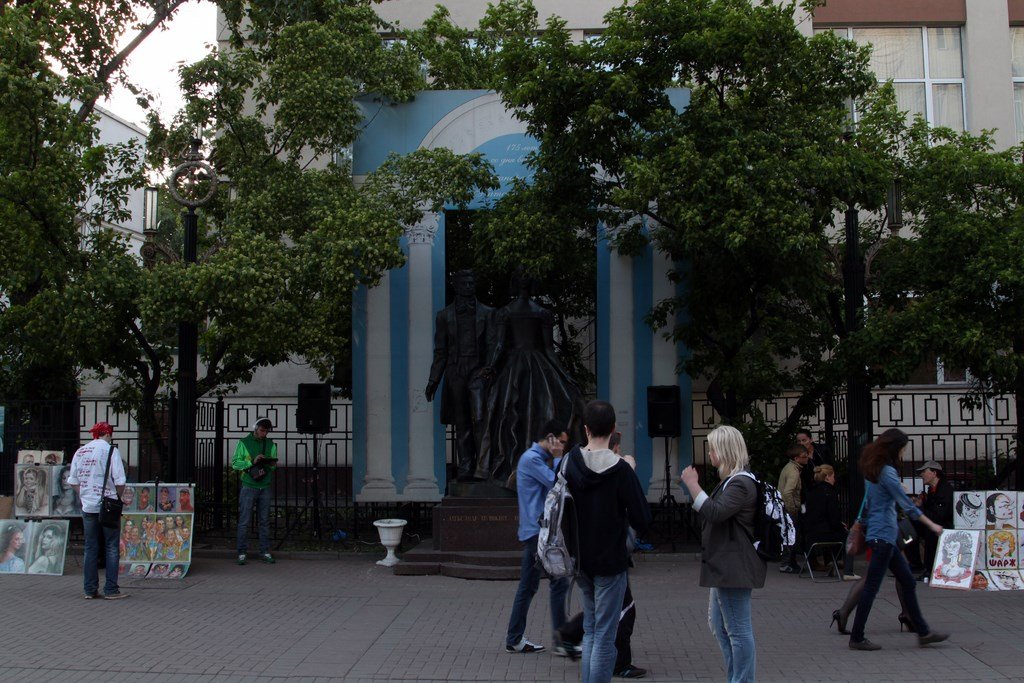
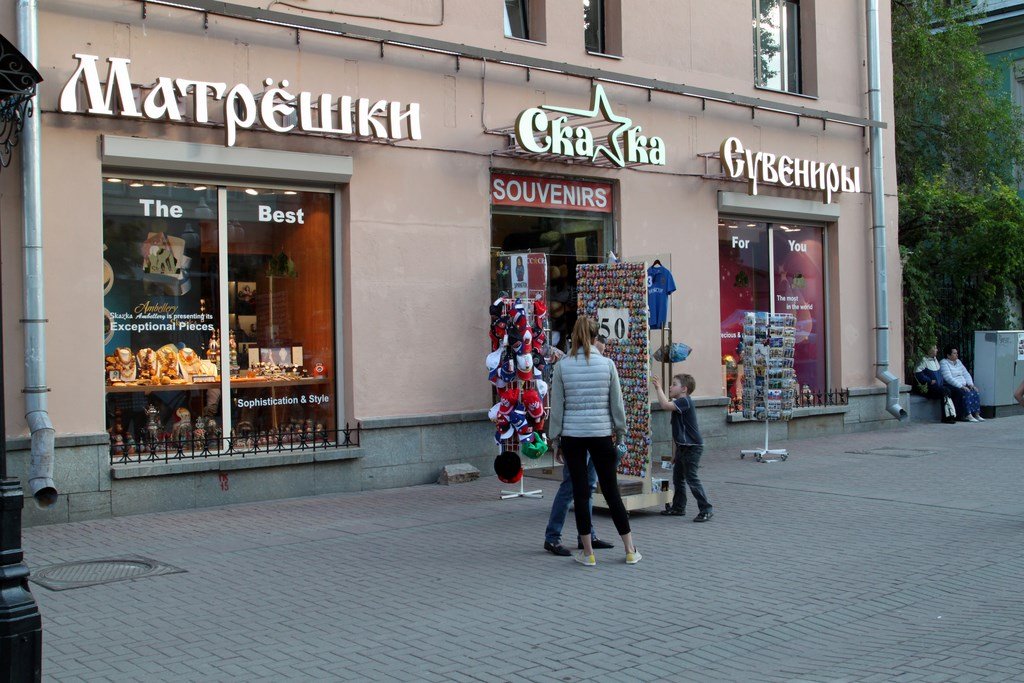
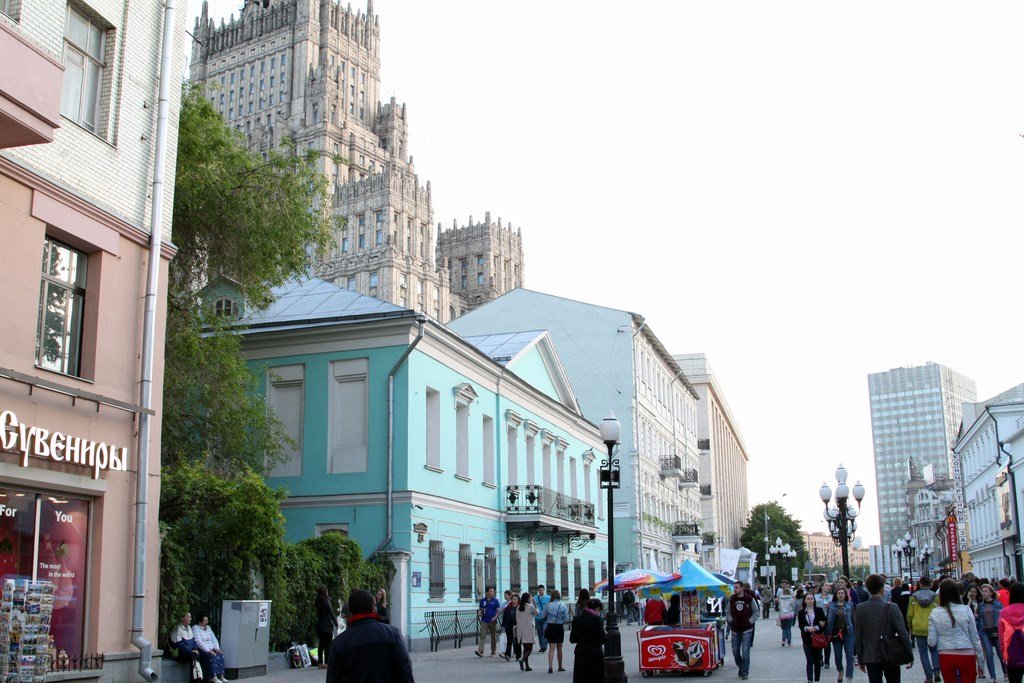
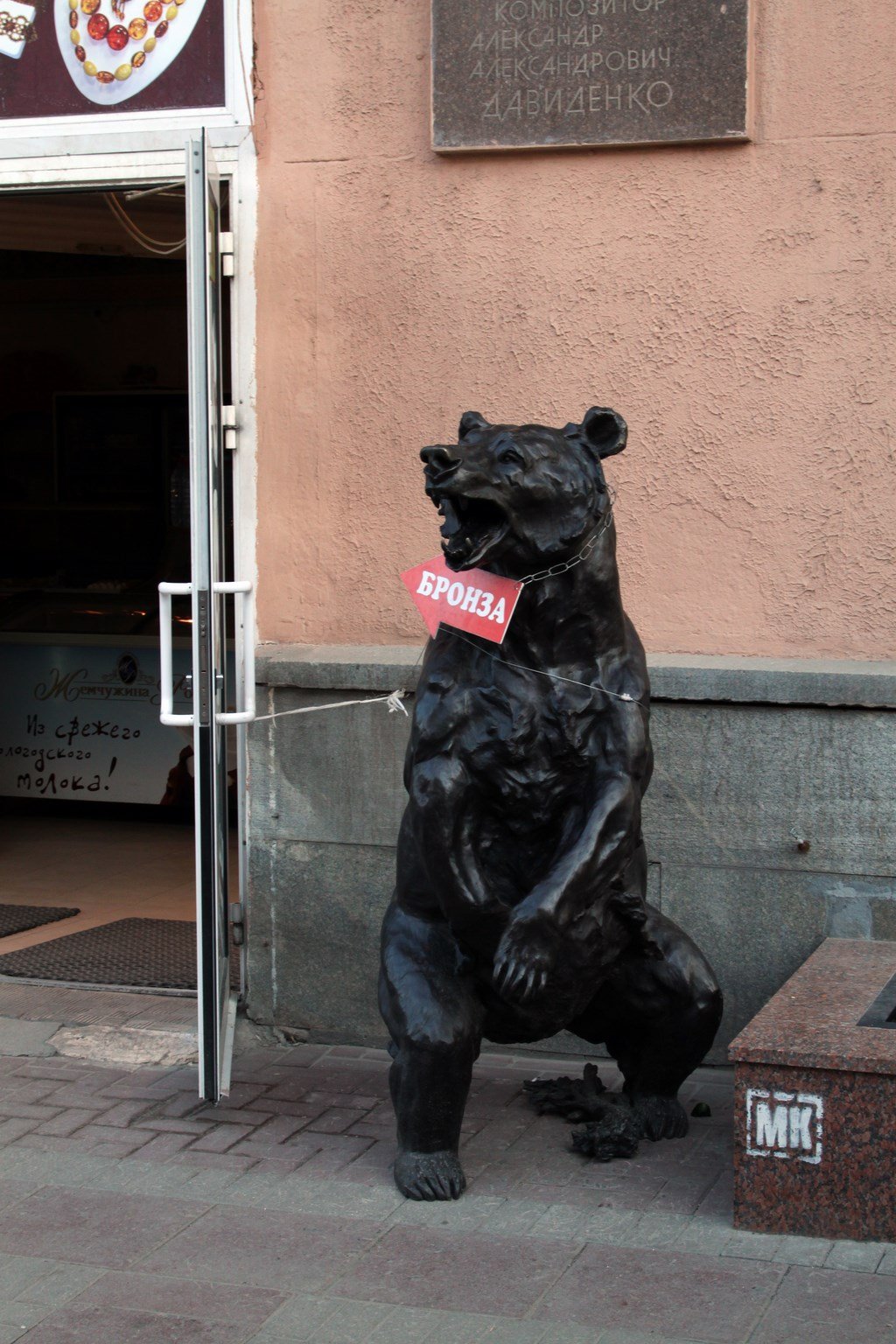
Video: Arbat
Contents- Origin of the name and history of the street
- Sights of Old Arbat
- Walking on Arbat: romance of the streets
Origin of the name and history of the street
There is no single version of the origin of the name of the street. According to some historians, the word has Arabic roots and means “suburb”. The fact is that once Arbat really adjoined the White City and was its suburb.
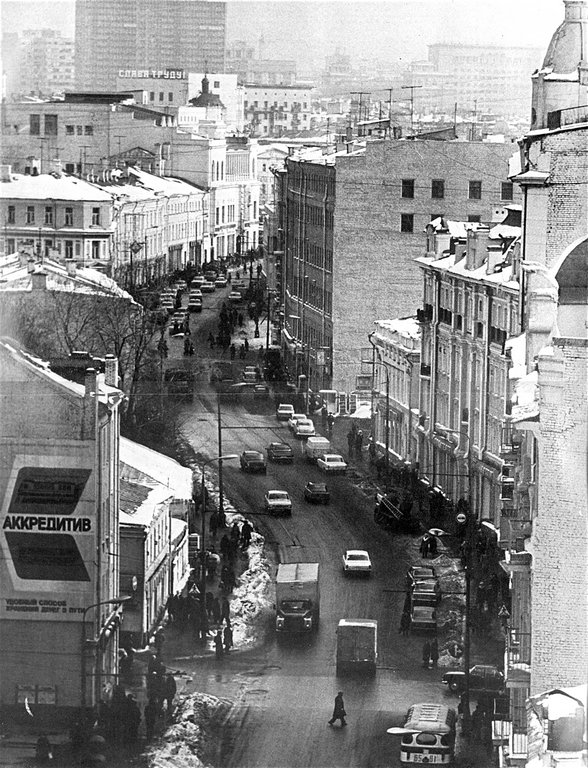
Sights of Old Arbat
The lives of many of Russia’s greatest cultural figures are connected with Arbat. In various years such geniuses as Alexander Pushkin, Mikhail Lermontov, Alexander Bely, painter S. Ivanov, composer Alexander S. Scriabin and many others lived and worked here.
.
Pushkin Memorial Apartment on Arbat
The memorial apartment of Alexander Sergeyevich Pushkin is located on Arbat. He lived in it for a little less than half a year, and it was here that he came with his young wife Natalia (née Goncharova) after the wedding in the Church of the Ascension of the Lord. The museum created here contains the poet’s personal belongings, engravings and paintings depicting Pushkin’s complex relationship with Moscow. On the second floor tourists can see the rooms in which Alexander Sergeevich lived with his wife, here are also kept memorabilia of his family. The museum is open to the public from Wednesday through Sunday.
.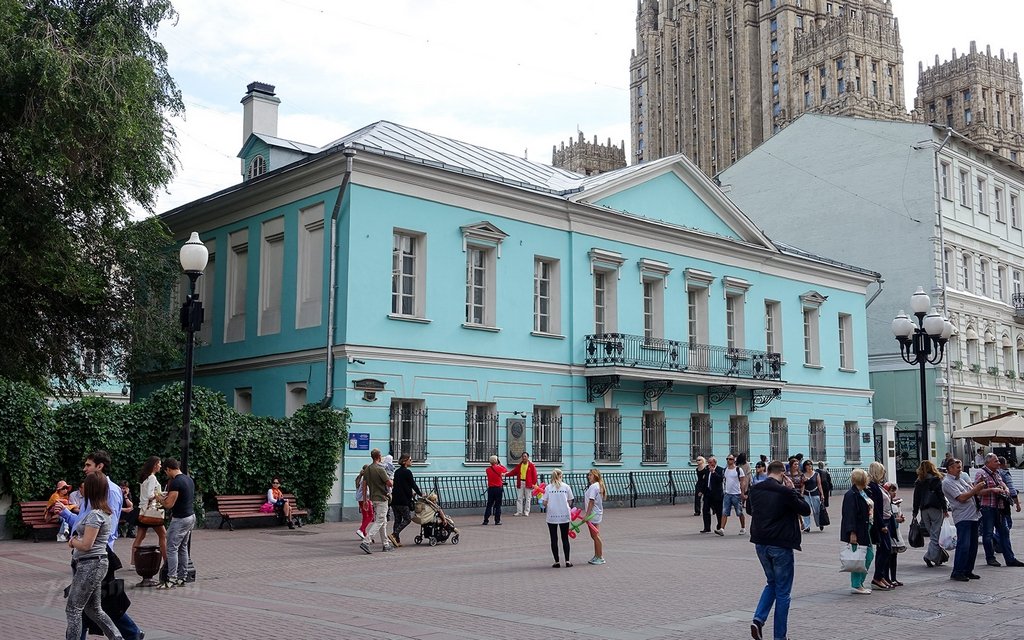
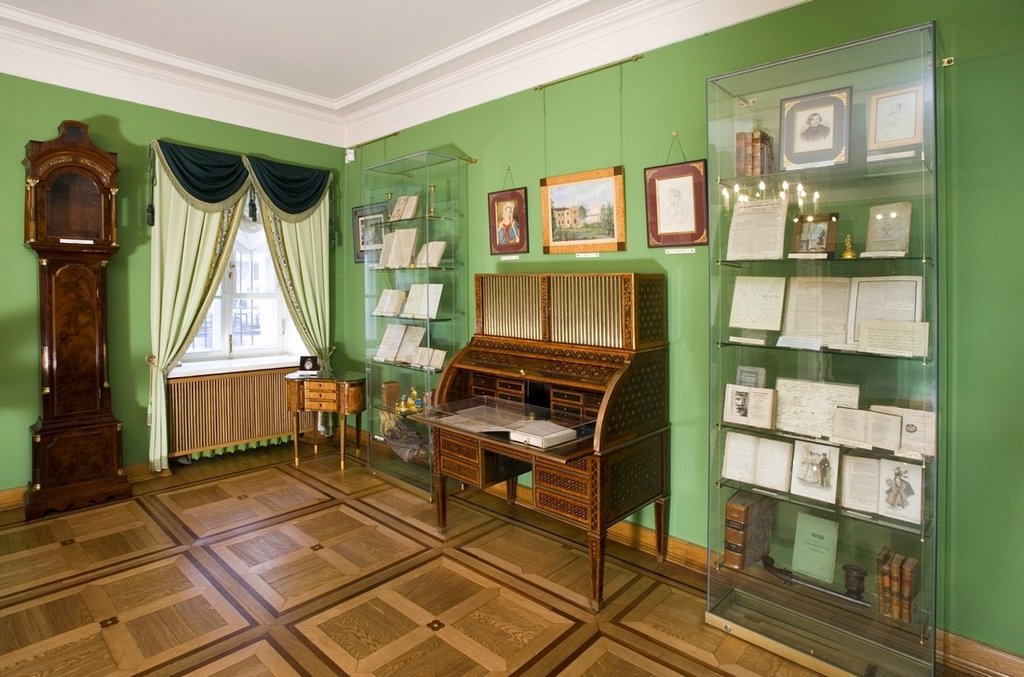
Mikhail Yuryevich Lermontov House-Museum
Walking along the Old Arbat, it is worth turning to a small street Malaya Molchanovka – this is where Mikhail Lermontov spent his childhood before moving to St. Petersburg. Thanks to the care of historians and art critics, the atmosphere of the 19th century has been restored here – crossing the threshold, visitors can plunge into the times of gallant cavaliers and beautiful ladies. The rich exposition of the museum tells about the poet’s childhood and youth, the period of education at the boarding school and university, as well as about the formation of his art. In the rooms with great care restored interiors of that time, on the walls are paintings relating to the life and work of the genius, drawings created by his hand, including one of the most valuable exhibits – self-portrait.
.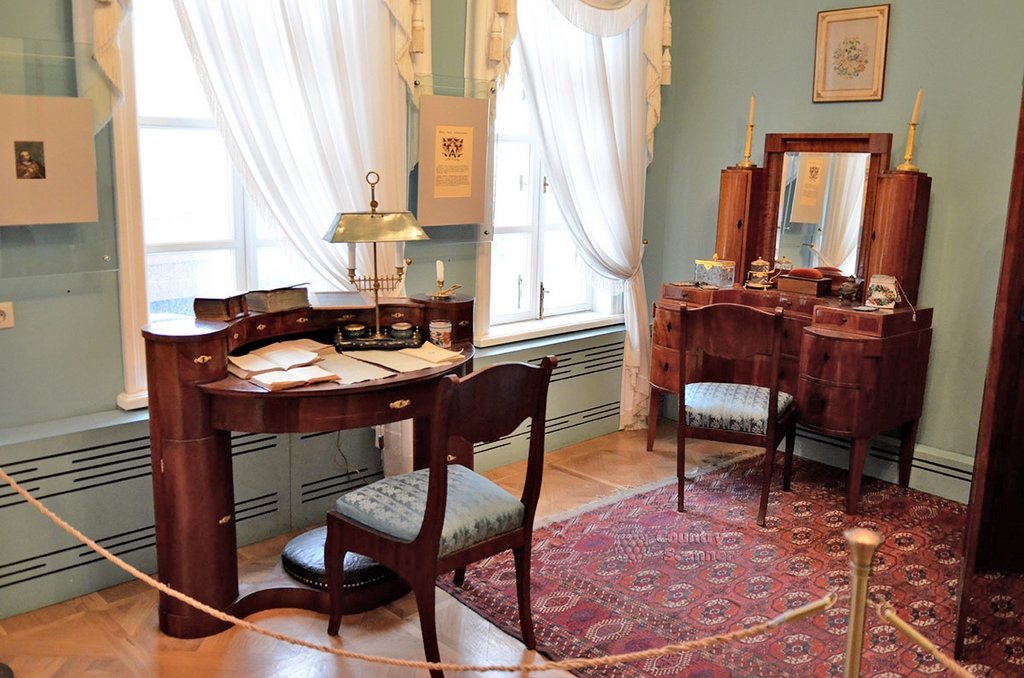
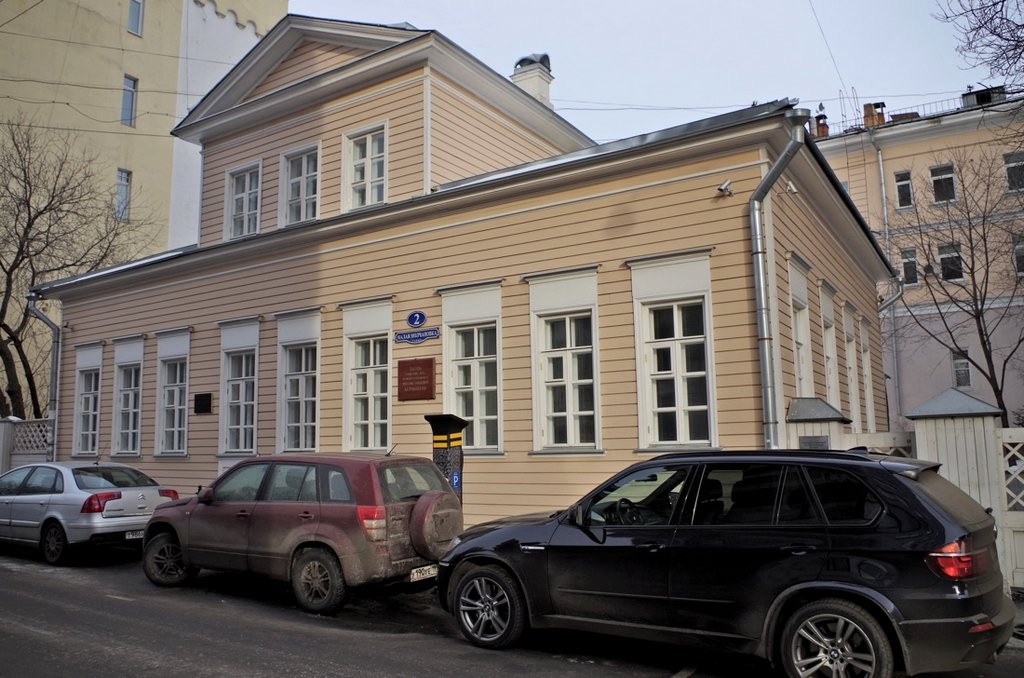
Monument to Bulat Okudzhava
Between houses #45 and 47 at the intersection of Arbat and Plotnikov Lane there is a sculptural composition dedicated to Bulat Okudzhava, representing a stylized courtyard where he spent his childhood. On the paved area there is an arch, from which the poet “comes out”. The statue perfectly conveys the dynamics: Okudzhava seems to be frozen in motion, putting his hands in his pockets and slightly slouching as he walks. A bronze table and two benches stand a little further away, and the two arches framing the composition are engraved with quotations from the bard’s works.It should be noted that Bulat Okudzhava had a special fondness for this street. Many of his works, including “Ah Arbat, my Arbat…”, “Arbat romance ancient sewing…” and others are dedicated to it and in particular to a small Moscow courtyard.
.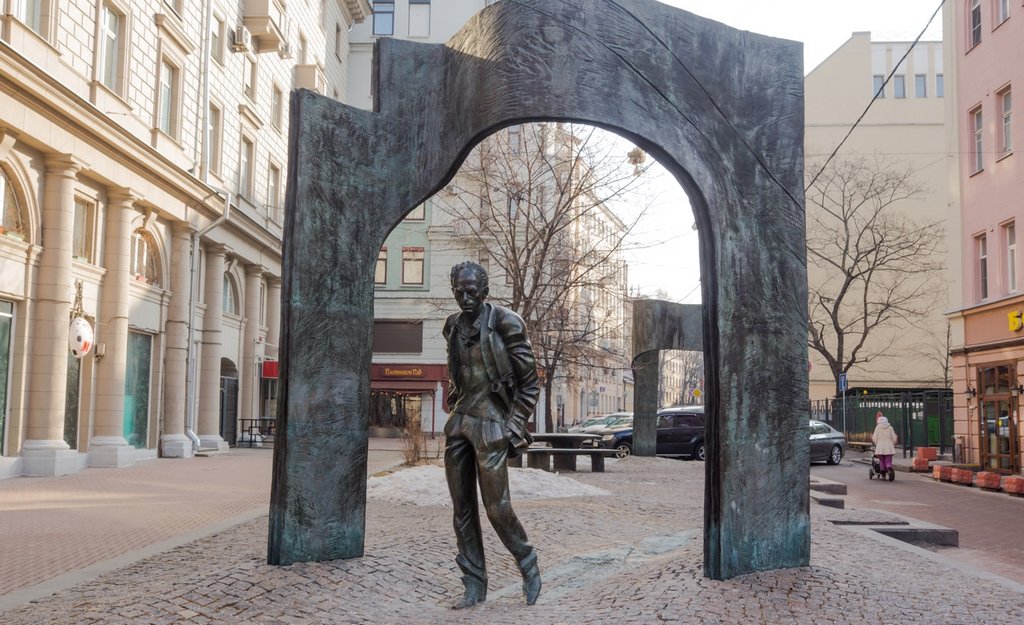
House where Suvorov was born
Near the house number 14 on Arbat you can see the remains of the foundation of the house where the greatest Russian military leader Alexander Vasilyevich Suvorov was born. The building itself, as well as the adjoining bell tower, were destroyed during the war by an artillery shell. You can learn more about this place, as well as about the life and activities of Suvorov, by ordering a tour, as there is no memorial sign near the house, nor any information about the former owners.
.Monument to Gogol
The great Ukrainian and Russian writer Nikolai Gogol is immortalized in bronze on Gogol Boulevard on Arbat. The monument depicts Nikolai Vasilyevich in full bloom: he stands in full height, holding a small notebook in his hands. It is noteworthy that there was another monument to the writer in this place before, opposite to it in style and character. On it he sits hunched over and as if having lost all vital forces. However, by government decree, this sculpture was moved to the house where Gogol spent the last years of his life.
.Tsoi’s Wall
One of the iconic places for fans of the band “Kino” is the so-called wall of Tsoy. It was here that the inscription “Tsoi is alive”, which distinguishes his true fans, first appeared after the singer’s death. The wall of an ordinary courtyard turned into a kind of memorial plaque, and later became a symbol of freedom and a place for self-expression of the youth of the late 20th century. New inscriptions still appear on it from time to time: quotes from songs, confessions and messages for friends.
.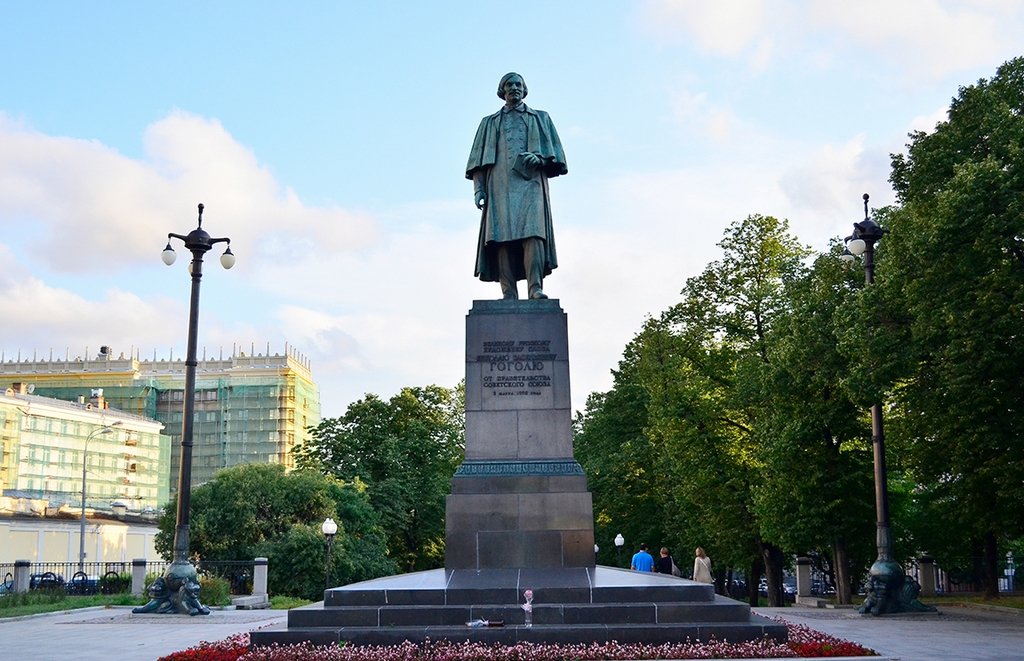
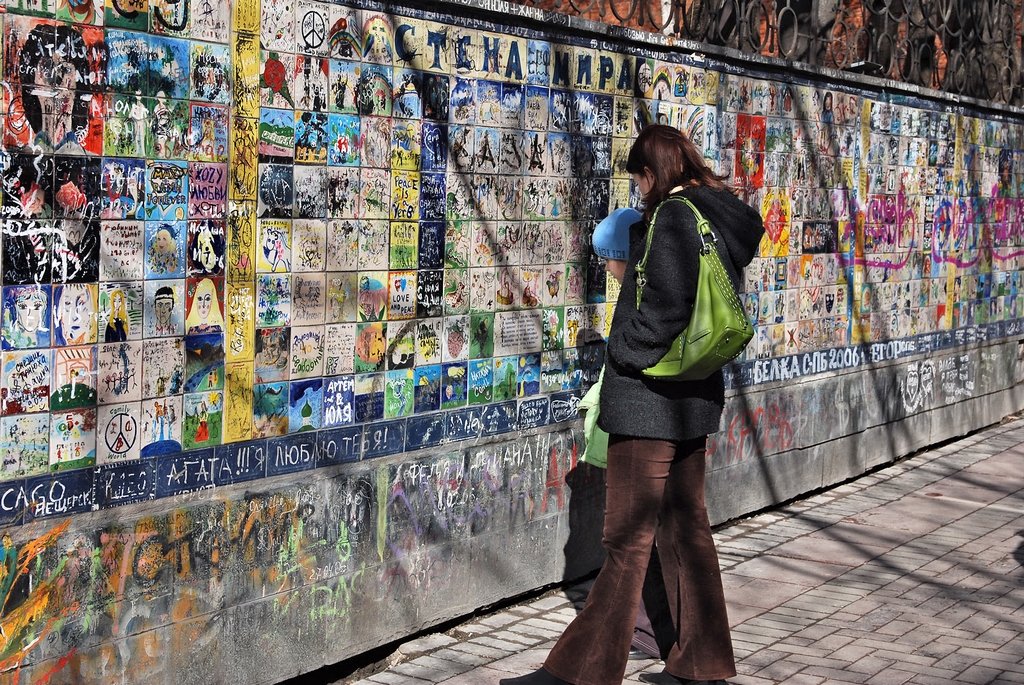
Video: Street musicians on Arbat
Walking on Arbat: romance of the streets
Old Arbat, as before, attracts bohemians. In the warm season the street turns into a real art gallery: here you can admire canvases by novice artists and recognized masters. Their cost depends mainly on the technique and materials used. Here you can also order a portrait – for yourself or as a gift.
.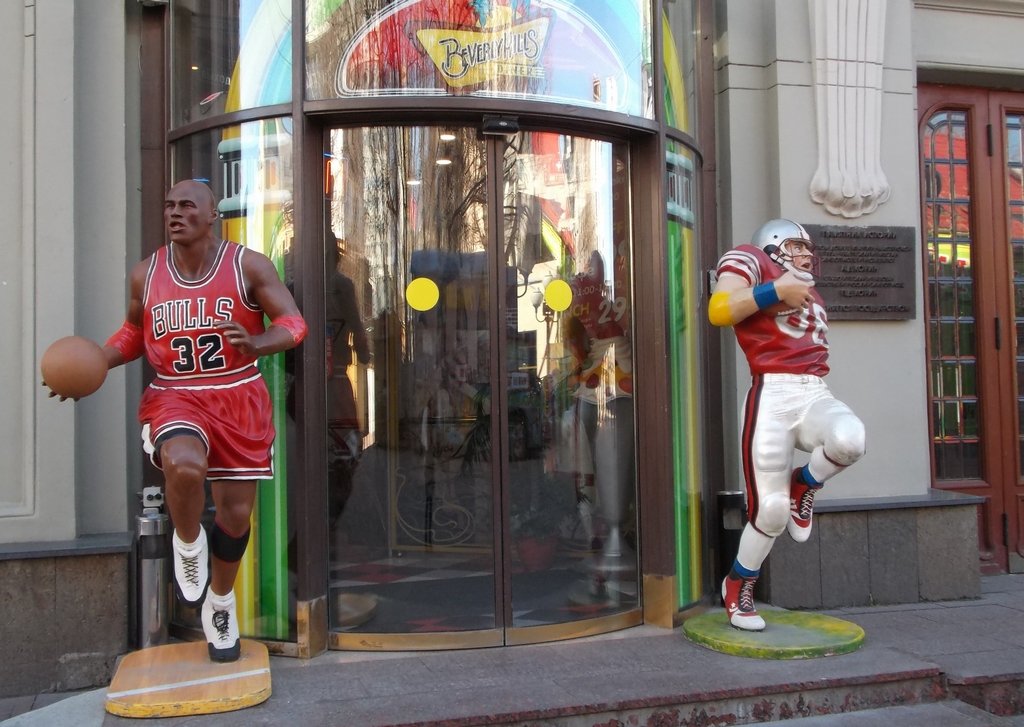
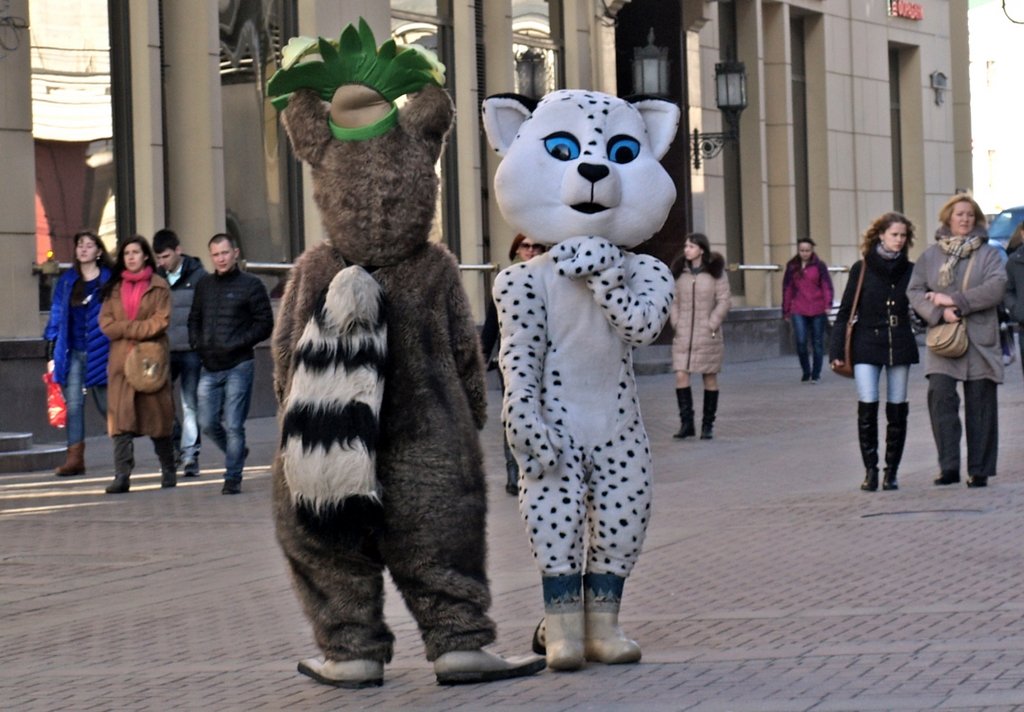
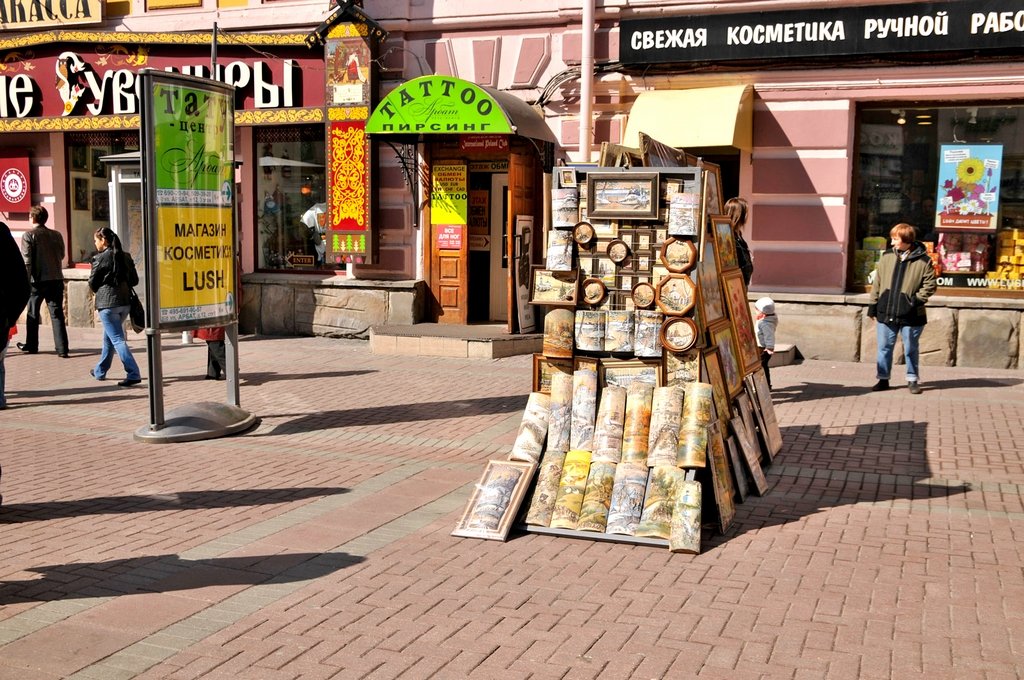
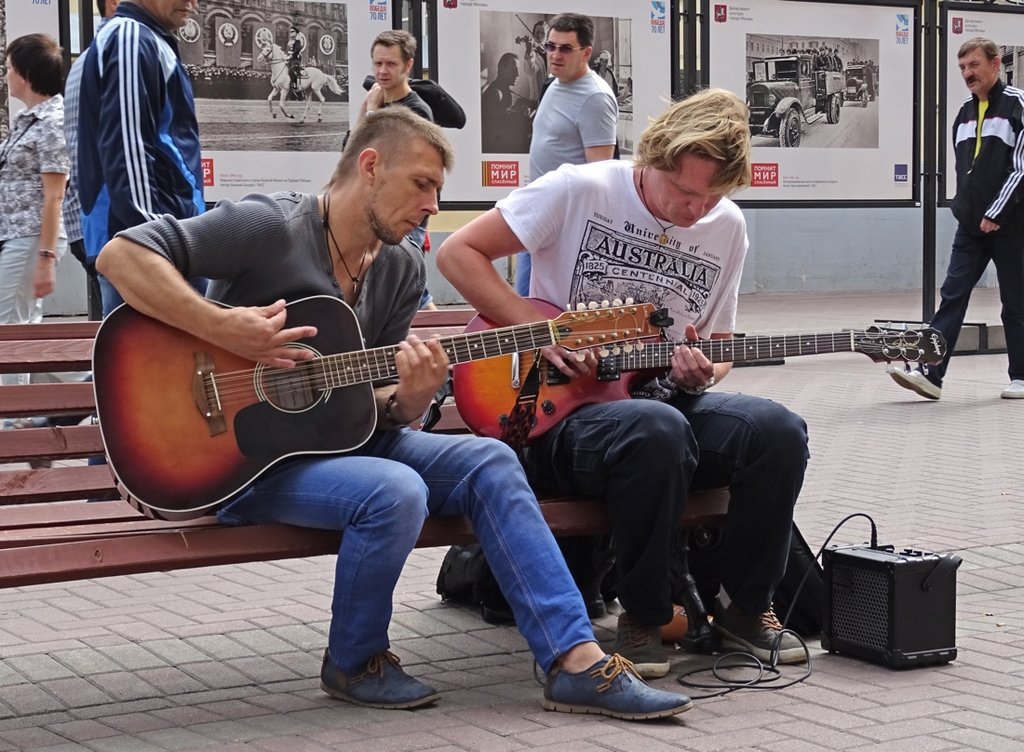
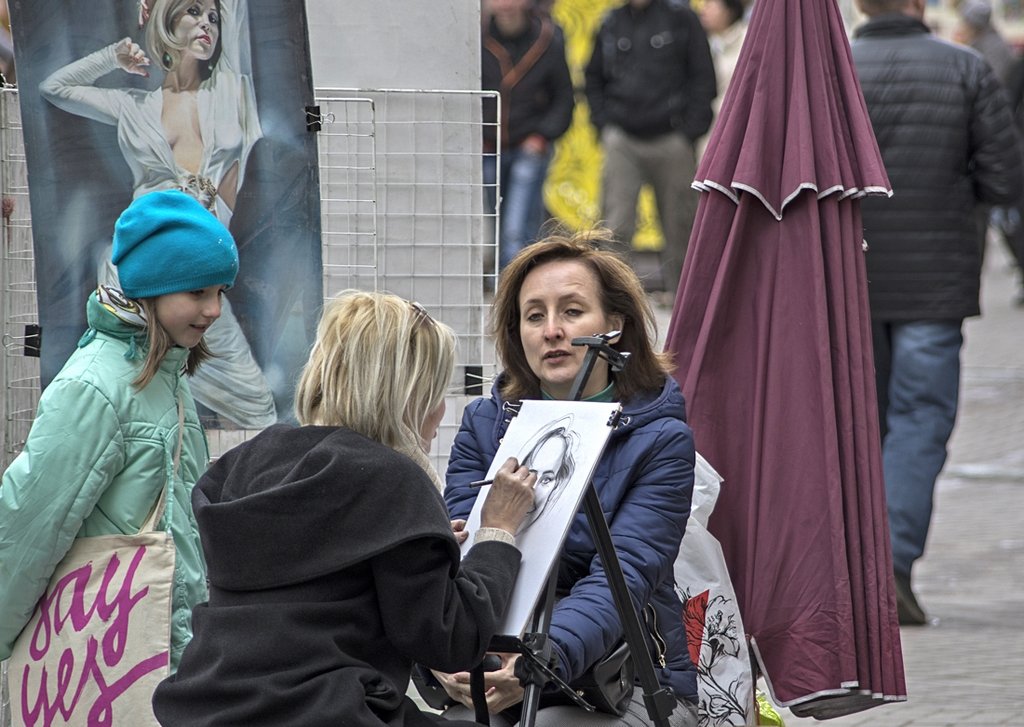
Walking along the Arbat, tourists will also note the large number of street musicians. Here you can meet both young talents performing songs of famous foreign and Russian groups, in particular “Kino”, and professionals with academic education.
Old Arbat is oriented towards tourists, so there are numerous souvenir shops along the street. In them you can buy popular souvenirs: wood and clay products, matryoshka dolls, folk musical instruments, such as balalaika, as well as things with symbols of the USSR era. After a tiring walk and long excursions you can visit one of the cozy restaurants and taste pies or pancakes cooked according to the traditional recipe.
.